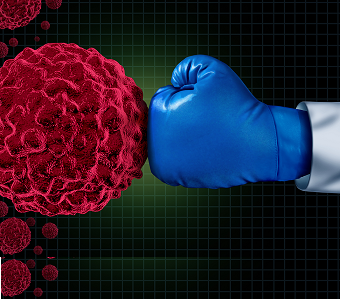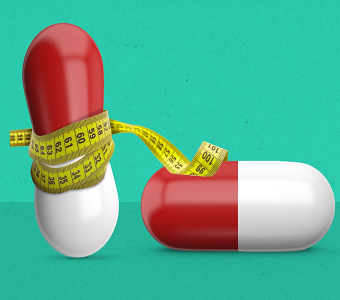Bluebird bio (BLUE) keeps hitting its marks.
The first Sickle Cell patient treated with LengiGlobin, bluebird’s one-time gene therapy product, is producing healthy red blood cells, has required no blood transfusions for about 50 days, and has not been hospitalized for sickle cell-related events since the transplant.
BLUE climbed 12% to $185 in pre-market trading Thursday.
The results were part of an abstract for the upcoming European Hematologic Association’s annual meeting. Importantly, production of HbAT87Q is increasing, from 9.6% at three months post-transplant to 24% at 4.5 months. Total anti-sickling hemoglobin (Hb AT87Q and Fetal Hb) was 31.6% at 4.5 months. At that time, the patient had not had any hospitalizations for SCD-related complications and was begin weaned from blood transfusions – the patient was about 50 days transfusion-free.
If you missed it, read Mr. Fink and Marks’ explainer on Sickle Cell Disease from this January.
The company has highlighted >30% anti-sickling hemoglobin as a threshold at which outcomes in Sickle Cell patients might be meaningfully improved – if not eliminated. Wall Street has followed suit, thus 31.6% at 4.5 months will be considered a win by the investing community. And, this is likely to increase with time. Unfortunately, it’s difficult to gauge exactly how meaningful the clinical outcomes are, as baseline transfusion- and SCD-related event rates for this single patient were not included in the abstract. Detailed data and updates will be part of a presentation at EHA in mid-June.
Two patients with beta-thalassemia major remained transfusion independent at 14 months and 11 months according to the abstract.
Worth noting, patient 1204 received a relatively low dose of LentiGlobin – 5.6 x 10^6 cells – compared to beta-thalassemia patients receiving the product in the last year.
One or more of PropThink’s contributors are long BLUE.




